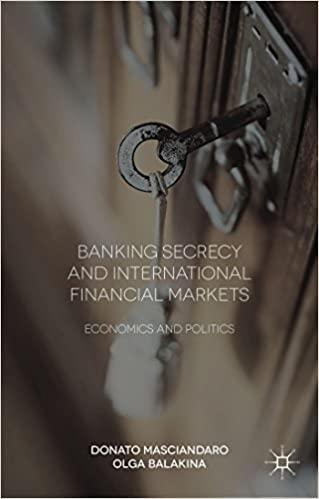Answered step by step
Verified Expert Solution
Question
1 Approved Answer
2. Consider a three-period binomial model in Figure 2 with S0=4,u=2, and d=1/2. The risk-free rate is 10% at each period. The payoff of the

 2. Consider a three-period binomial model in Figure 2 with S0=4,u=2, and d=1/2. The risk-free rate is 10% at each period. The payoff of the focus asset is S32. (c) What is the risk-neutral distribution of S3(S1=S1(H)), i.e., the condition distribution of S3 given S1=S1(H) under the risk-neutral measure? (d) Based on the conditional distribution that you obtained in 2(c), compute E~[V3(S1=S1(H))]. What can you find by comparing your result with that in 2(a) ? 2. Consider a three-period binomial model in Figure 2 with S0=4,u=2, and d=1/2. The risk-free rate is 10% at each period. The payoff of the focus asset is S32. (c) What is the risk-neutral distribution of S3(S1=S1(H)), i.e., the condition distribution of S3 given S1=S1(H) under the risk-neutral measure? (d) Based on the conditional distribution that you obtained in 2(c), compute E~[V3(S1=S1(H))]. What can you find by comparing your result with that in 2(a)
2. Consider a three-period binomial model in Figure 2 with S0=4,u=2, and d=1/2. The risk-free rate is 10% at each period. The payoff of the focus asset is S32. (c) What is the risk-neutral distribution of S3(S1=S1(H)), i.e., the condition distribution of S3 given S1=S1(H) under the risk-neutral measure? (d) Based on the conditional distribution that you obtained in 2(c), compute E~[V3(S1=S1(H))]. What can you find by comparing your result with that in 2(a) ? 2. Consider a three-period binomial model in Figure 2 with S0=4,u=2, and d=1/2. The risk-free rate is 10% at each period. The payoff of the focus asset is S32. (c) What is the risk-neutral distribution of S3(S1=S1(H)), i.e., the condition distribution of S3 given S1=S1(H) under the risk-neutral measure? (d) Based on the conditional distribution that you obtained in 2(c), compute E~[V3(S1=S1(H))]. What can you find by comparing your result with that in 2(a) Step by Step Solution
There are 3 Steps involved in it
Step: 1

Get Instant Access to Expert-Tailored Solutions
See step-by-step solutions with expert insights and AI powered tools for academic success
Step: 2

Step: 3

Ace Your Homework with AI
Get the answers you need in no time with our AI-driven, step-by-step assistance
Get Started


